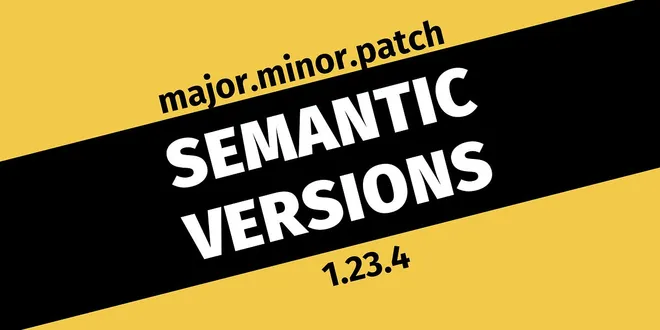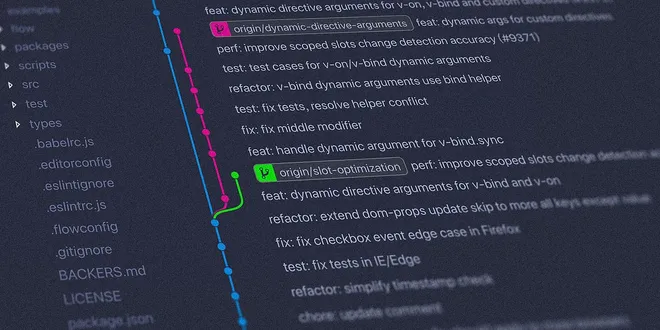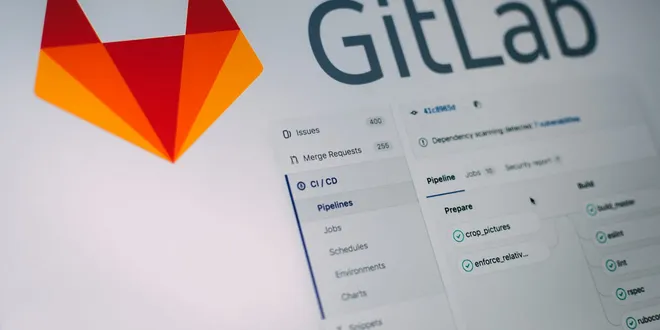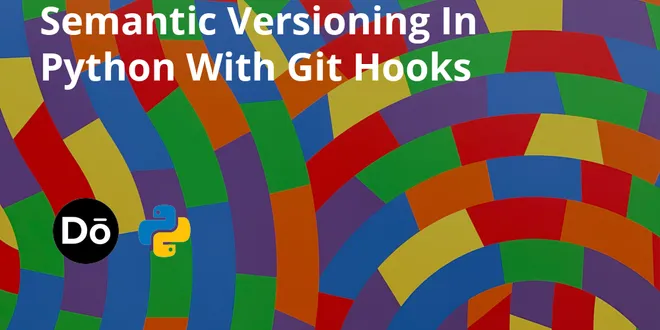Data Science & Developer Roadmaps with Chat & Free Learning Resources
semantic-versioning
Semantic versioning, often abbreviated as SemVer, is a versioning system designed to provide a clear and consistent way to manage software releases. It uses a three-part version number format: MAJOR.MINOR.PATCH. The MAJOR version is incremented for incompatible API changes, the MINOR version for adding functionality in a backward-compatible manner, and the PATCH version for backward-compatible bug fixes. This structured approach helps developers, project managers, and users understand the nature of changes in software updates, facilitating better decision-making regarding upgrades and compatibility. By adhering to semantic versioning, projects can maintain clarity and stability throughout their development lifecycle.

An Introduction to Semantic Versioning
Semantic versioning is a system to help developers, project managers, and consumers have a universal way of understanding the release process. Semantic versioning is some guidelines so that we can…
📚 Read more at Level Up Coding🔎 Find similar documents

Semantic versioning with git flow and the marvelous way to go there
What is semantic versioning anyway? Semantic versioning (also referred as SemVer) is a versioning system to use when developing/releasing a software. Semantic versioning offers a universal way of…
📚 Read more at Level Up Coding🔎 Find similar documents

Use semantic versioning
Semantic versioning is a well-specified convention used by many software projects, although admittedly the extent to which the convention is followed can vary considerably between projects. In essenc...
📚 Read more at Java Best Practices🔎 Find similar documents

Use semantic versioning
Semantic versioning is a well-specified convention used by many software projects, although admittedly the extent to which the convention is followed can vary considerably between projects. In essence...
📚 Read more at Java Best Practices🔎 Find similar documents

Semantic Versioning
Demystifying SemVer and avoiding “dependency hell” Continue reading on Better Programming
📚 Read more at Better Programming🔎 Find similar documents

The Fastest Semantic Version in the West!
Semantic versioning is an integral part of modern development and helps to mitigate issues arising from version compatibility.
📚 Read more at Level Up Coding🔎 Find similar documents

Automatic CHANGELOG with commit and version standardization in Python
Semantic versioning was a structure of rules created within the universe of software management, and this structure aims to control tags and avoid a problem called “dependency hell”, which prevents…
📚 Read more at Level Up Coding🔎 Find similar documents

Demystifying Semver Prereleases
In semantic versioning, version numbers are typically composed of three parts: major, minor, and patch. The major version number indicates significant changes likely to introduce breaking changes or…
📚 Read more at Better Programming🔎 Find similar documents

CI Pipelines and SemVer
Semantic Versioning (also referred to as SemVer) is a standard versioning system that has been followed by software engineers and developers for a while now. This is introduced to maintain the…
📚 Read more at Level Up Coding🔎 Find similar documents

A Better Versioning Technique for Frontend Applications
The healthy approach A little bit of story how did we got here. We’ve all been there at some point in time. App versions are simplified to just whole numbers and increment with every release… or not....
📚 Read more at Better Programming🔎 Find similar documents

Semantic Versioning and Release Automation on GitLab
How to automate releases of your GitLab project with semantic versioning and changelog generation
📚 Read more at Level Up Coding🔎 Find similar documents

Semantic Versioning In Python With Git Hooks
This post will use the pre-commit and commitizen packages to automate our semantic versioning for Python based on our commits. We are going to clone and work from the…
📚 Read more at Python in Plain English🔎 Find similar documents

